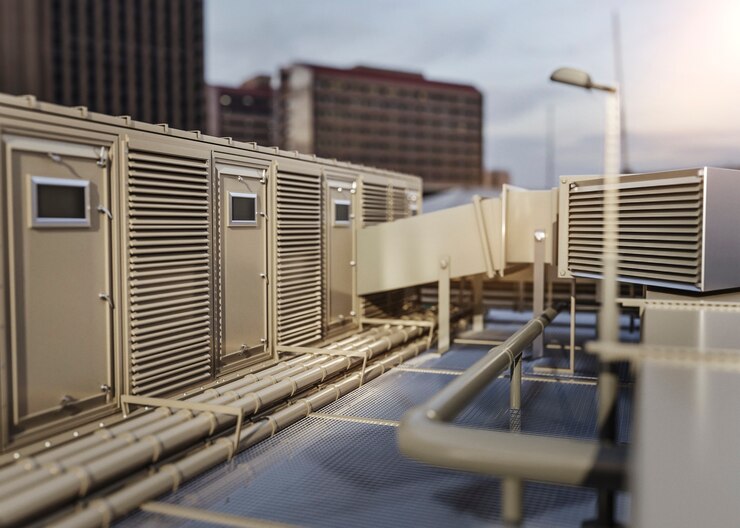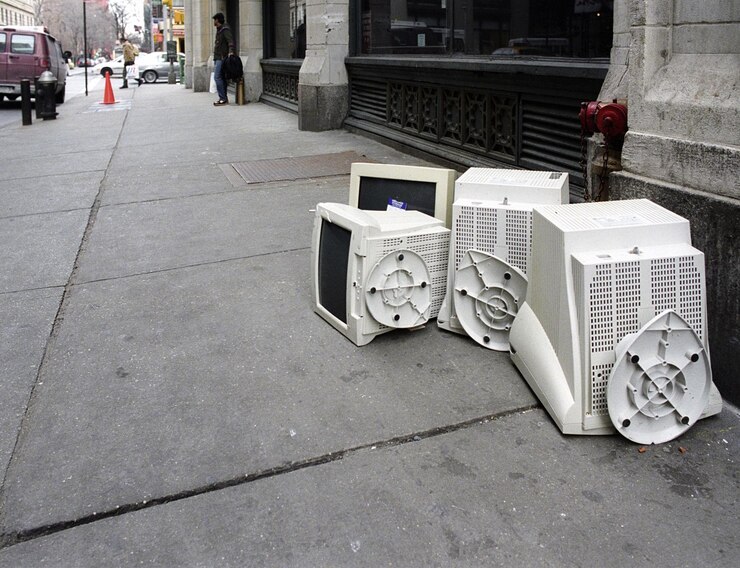Which Country Invented Air Conditioning in Calgary What country invented air conditioning in Calgary
What country invented air conditioning in Calgary

Start with this: The roots of mechanical climate control, as we know it in Southern Alberta, are tied not to local development but to technological leaps made in early 20th-century America. In particular, a 1902 invention by Willis Carrier in New York set the blueprint. Calgary, much later, adopted and adapted these principles for its own dry, fluctuating climate.
Calgary’s first widespread use of cooling systems didn’t occur until the mid-20th century, when commercial buildings in downtown core began installing large-scale units. This was driven less by comfort and more by the need to protect equipment and maintain consistent indoor environments for growing businesses. Residential uptake lagged–most homes relied on open windows and basement retreats well into the 1970s.
It’s tempting to assume the technology arrived fully formed, but the truth is more incremental. Early models were bulky, loud, and inefficient. It wasn’t until regional contractors started tweaking designs–sometimes out of sheer necessity, given how dry the summers could get–that more practical options took hold. Some locals still remember old belt-driven blowers installed by hand, humming away in basements and shops along 17th Avenue.
Today, companies like Calgary Air Heating and Cooling Ltd. build on that legacy. While the original concept wasn’t homegrown, much of what defines local comfort today has been reshaped by decades of regional expertise. That’s probably why modern systems here differ slightly from what you’d see in, say, Vancouver or Toronto. The bones might be the same, but the details–insulation choices, humidification settings, control strategies–are often unique to this climate.
Historical Overview of Air Cooling Technology Adoption in Calgary
Installations in the early 1950s were rare and mostly limited to commercial sites. Shops downtown–especially those handling perishable goods–were among the first to fit mechanical chillers. Residential use lagged behind. Most homes relied on open windows and basement retreats during summer, even when daytime highs pushed past 30°C.
By the late 1970s, retrofits began to surface in mid-income neighbourhoods. Builders in communities like Brentwood and Acadia started including ducts prepped for future systems, though actual installs were still optional. This wasn’t yet standard–it was seen as an upgrade, like granite counters or a second bathroom.
Demand didn’t really take off until the 1990s. A few unusually hot stretches changed habits. A single record-breaking July in 1994 pushed utility loads to new highs. That same year, two major home builders began offering central systems as a base feature in new models south of Fish Creek. Uptake doubled in just five years.
Public buildings followed. City libraries, schools, and older government offices, especially in the Beltline, began large-scale retrofits around 2003. Summer programming was suffering. Kids couldn’t focus. Staff couldn’t work. Window units weren’t cutting it anymore.
Today, nearly 7 out of 10 new homes in Calgary are equipped from the start. It’s no longer considered optional by many homebuyers, especially in newer suburbs. Even in older areas, companies like Calgary Air Heating and Cooling Ltd. are busy year-round with upgrades and system replacements. Oddly, some heritage homeowners still resist–concerned about preserving original interiors. But even there, ductless solutions are changing minds.
The shift didn’t happen overnight. But it’s been steady–and very local. Driven less by national trends and more by the kind of summers people here live through. It’s a practical story. Less about comfort, more about necessity.
How American Innovations Shaped Calgary’s Cooling Technology

Skip the guesswork–most of the mechanical cooling setups used in Calgary today trace back to U.S. designs from the early 20th century. That’s not just a vague connection. We’re talking about the direct influence of engineers like Willis Carrier, who figured out how to control humidity with mechanical systems. That set the stage for the forced-air solutions we rely on during Alberta’s heatwaves.
These early designs evolved fast, driven by American demand for indoor climate control in factories, theatres, and offices. By the 1930s, the technology had crossed the border. At first, only commercial spaces in southern Alberta could justify the cost, but by the 1970s, retrofits in suburban homes were becoming common. The trickle-down effect was real–and rapid. Small businesses in Calgary began importing compact units based on American patents, tweaking them for colder winters and occasional dry summers.
Adaptation over imitation

One thing you notice looking at historical service manuals from the ’60s and ’70s is how Calgary installers adjusted U.S. systems for dual heating-cooling demands. Instead of relying solely on ducted systems, which worked fine in Florida, they started combining them with baseboard heaters or even hydronic loops. That hybrid model stuck around. It still shows up in older neighbourhoods like Renfrew or Killarney.
What does this mean for today’s installs?
It means modern systems here owe a lot to American templates, but they’ve also been quietly reengineered by local tradespeople over decades. Oversized coils, beefed-up compressors, high-limit safety switches–these aren’t just features, they’re local adaptations. Honestly, if you’re planning a system upgrade, don’t assume a “standard” North American model fits perfectly out of the box. Local expertise matters more than people expect. We’ve seen newer builds in the Beltline struggle with airflow because someone used a copied spec sheet from a U.S. design, without checking static pressure for Calgary’s insulation profiles. Small oversight, big problem.
So, yes, the blueprint started in the States. But what we use today? It’s been quietly reworked right here, system by system, street by street.
Why Canadian Climate Necessitated Unique Air Conditioning Solutions
Design systems to handle sharp spring temperature swings – that’s the baseline here. In Southern Alberta, for example, a day can start at 2°C and hit 28°C by mid-afternoon. Standard setups, especially those optimized for more stable zones, struggle to adapt without cycling excessively or blowing inconsistent air. That shortens equipment lifespan and drives up power bills. Not ideal.
Humidity management also needs rethinking. While winters are brutally dry, summers can shift to muggy quickly during thunderstorm season. Typical units may not prioritize dehumidification enough for this kind of variability. That’s where dual-stage compressors or variable-speed systems earn their keep – they’re better at adapting on the fly without overcooling.
Energy efficiency gets tricky
You’d think running less often means saving money. Not always. A unit oversized for shoulder seasons will shut off before it can even start pulling moisture. Feels clammy instead of cool. Better to opt for something that runs longer at lower power. Slightly counterintuitive, but it balances comfort and cost.
Outdoor components face extremes
Installers have to account for both heavy snow loads and the heat reflected off sunbaked siding in July. Protective housing, elevated mounting brackets, smarter thermostat placement – they all play a role. I’ve seen coils freeze solid in April and fry in August. It’s not just about the tech – it’s about matching it to the rhythm of the local weather.
There’s no plug-and-play solution that covers all of Canada. What works in Vancouver’s damp mildness won’t cut it here. And honestly, I think most people only realize this after the first bill or that weird noise the compressor starts making in May. So yeah – regional customization isn’t a luxury. It’s a must.
Contact “Calgary Air Heating and Cooling Ltd” For More Information:
Address
95 Beaconsfield Rise NW, Calgary, AB T3K 1X3
Phone
+1 403 720-0003
Hours of operation
Open 24 hours 7 days a week